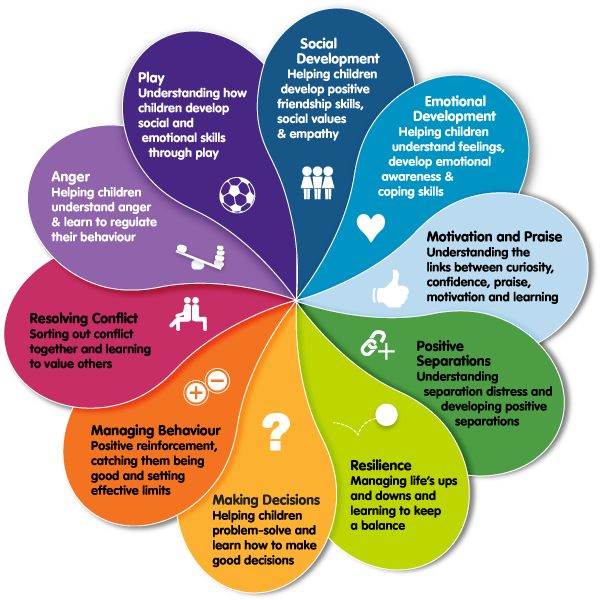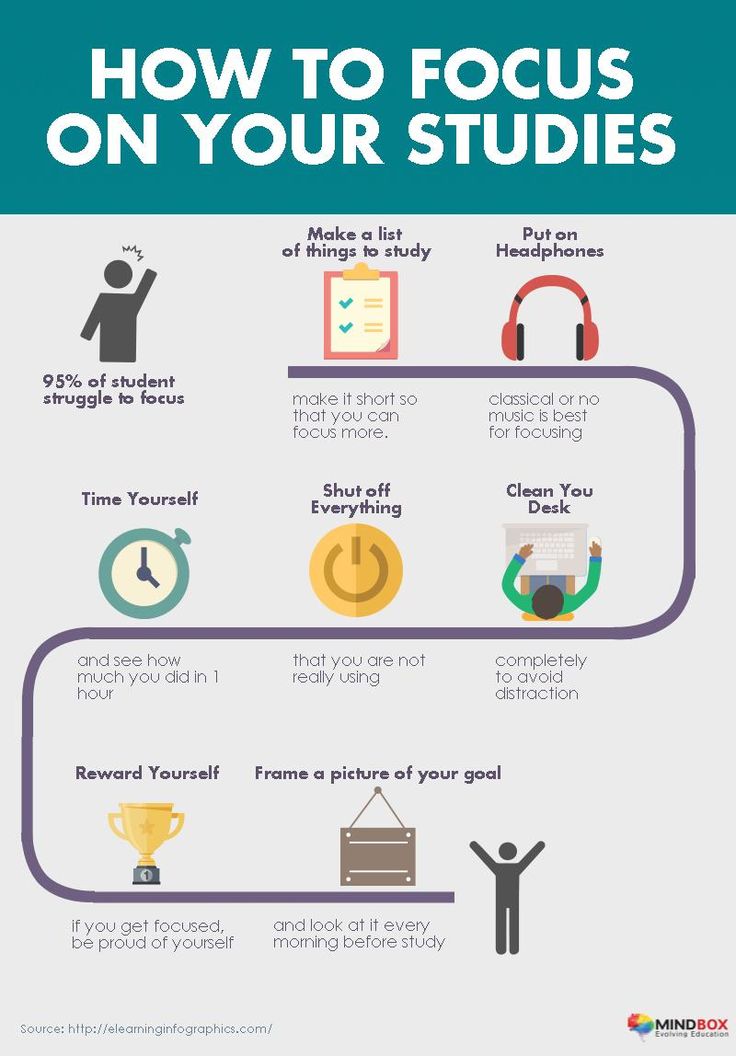How to develop creativity in child
8 Ways to Teach Kids Creative Thinking
What child doesn’t love to spend a rainy day doodling, making up a story, or playing pretend? These types of creative activities are more than just fun: they can have profound and lasting benefits on your child’s health.
In this article, we’ll go over the importance of creativity for your child’s cognitive and socio-emotional development. Then, we’ll go over 8 ways—including a few creative activities— you can use to help your child explore their imagination.
Why is Creativity So Important?
As it turns out, creativity can improve your brain’s cognitive abilities. People with a musical background, for example, tend to have stronger links between the two hemispheres in their brain.[12] Plus, according to research, creative thinking can help our brains develop neural connections and learn new concepts.[13]
Additionally, creative activities can improve your child’s mood and well-being. A study at Brooklyn College found that drawing helped children calm down after recalling a distressing memory.[11] And when people are focused on a creative project, they are more likely to feel happier and report that they are “flourishing.”[10]
The “whys” for teaching children to be creative are clear: it leads to stronger emotional and brain health. But sometimes, determining where to start can be tough. Read on for nine tips to help your child explore their imagination and learn to think creatively.
8 Ways to Boost Creativity as a Family
1. Teach children to ask “what if” questions.
In an article with Psychology Today, researcher Melissa Burkley recommends teaching children to ask, “What if?” to enhance their creativity.[6] If you can get your children to ask questions about the world and how it works, they’re more likely to come up with their own unique answers.
For a fun creative exercise, see who can come up with the craziest “what-if” situation. A few ideas to get started:
A few ideas to get started:
- What if animals could suddenly talk?
- What if there really were pots of gold at the ends of rainbows?
- What if one day your teacher was replaced by an elephant?
2. When mistakes happen, try to find the positives.
Your child may feel discouraged if they don’t succeed the first time they try something. But mistakes often teach us more than success and can encourage your child to try new, creative solutions.[2]
If your child is struggling with a learning concept, try to help them see it in a different light. For example, if your child is working to learn a new vocabulary word, you could try spelling it out to the tune of their favorite song.
3. Learn about and encourage your child’s interests.
When children are passionate about a subject, they’re more likely to put their heart into it. Get to know your child’s creative dream, and help them to pursue it. If your child wants to learn to draw, for example, spend an afternoon drawing together and celebrate their progress.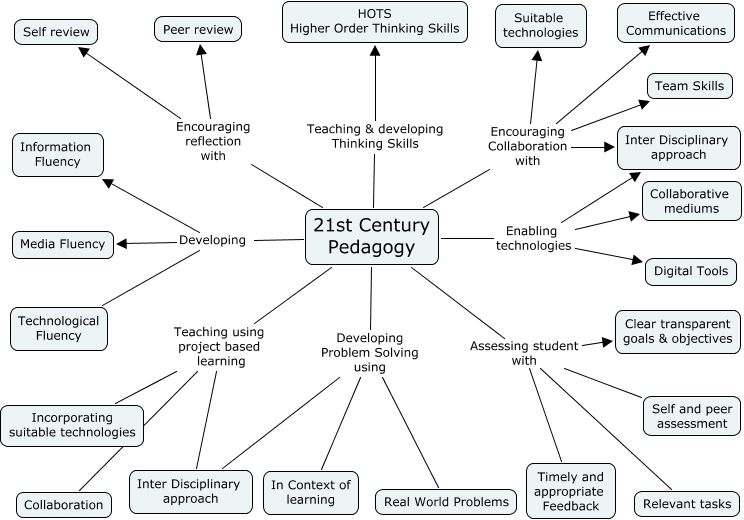
4. Ask your child open-ended questions.
Asking your child questions can boost creativity as much as getting them to ask questions themselves. Asking open-ended questions—questions that require an answer longer than “yes” or “no”—can help children learn to form their own ideas and develop creative thinking.[1]
In an article with Scholastic, Dr. Honig included a few open-ended questions to get your child started:[1]
- What could happen if it always rained on Saturdays?
- Why don’t we wake up with our hair neat and combed?
- If you saw a mouse in your backyard chewing your mother’s favorite flowers, what would you do?
5. Spend time outside.
Danish researchers discovered that getting out in nature is not only good for mental health—it can improve creativity, too. Their study found that spending time outdoors can enhance curiosity, encourage flexible thinking, and help you recharge.[5]
Next time the weather allows it, go on a walk around your neighborhood to refresh your child’s mind and give them a good brain boost.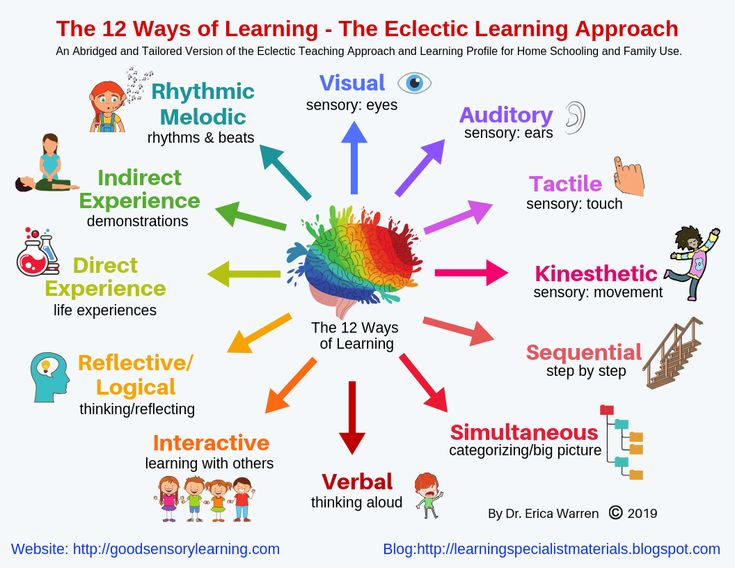
6. Encourage free time and creative play.
Psychologist and Psych Central contributor Margarita Tartakovsky recommends unstructured free time as a way to support creative thinking.[3] Give your child a little time each day to independently explore their own ideas and interests.
Additionally, make time for creative play—or free time that encourages curiosity or creative thinking.[7] Offering your child a pack of crayons and some paper or encouraging them to play pretend with siblings can be great ways to support creative play.
7. Teach your child to try creative risk-taking.
If your child is working on a creative project, encourage them to try something new—even if they’re not sure it will work out. They could, for example, try drawing something more complicated than they usually do or learn a new song on an instrument.
Teaching your child to take creative risks can help them focus more on the creative process than the outcome.[4] That way, even if a project doesn’t turn out how they expected, they’re learning to try something different and think from new angles.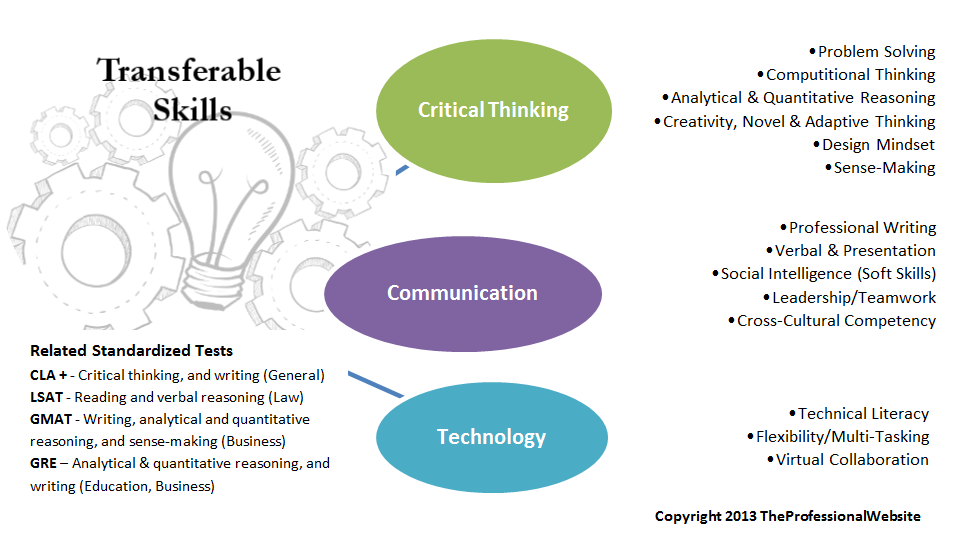
8. Read together.
Did you know that reading can boost your child’s imagination and problem-solving skills? [9] Make a goal to read a picture or chapter book together every day.
If your book has pictures in it, ask your child to guess what the page is about before you read it together. This can help children practice problem-solving, as well as reading comprehension.
Sources:
- Honig, A.S. How to Promote Creative Thinking. https://www.scholastic.com/teachers/articles/teaching-content/how-promote-creative-thinking/.
- Smith, S., and Henriksen, D. Fail Again, Fail Better: Embracing Failure as a Paradigm for Creative Learning in the Arts. Art Education, 2016, 69(2), pp. 6-11.
- Tartakovsky, M. 9 Ways to Support Your Child’s Creativity. https://psychcentral.com/blog/9-ways-to-support-your-childs-creativity/.
- Brandt, A., and Eagleman, D. Three ways to help any kid be more creative. https://ideas.
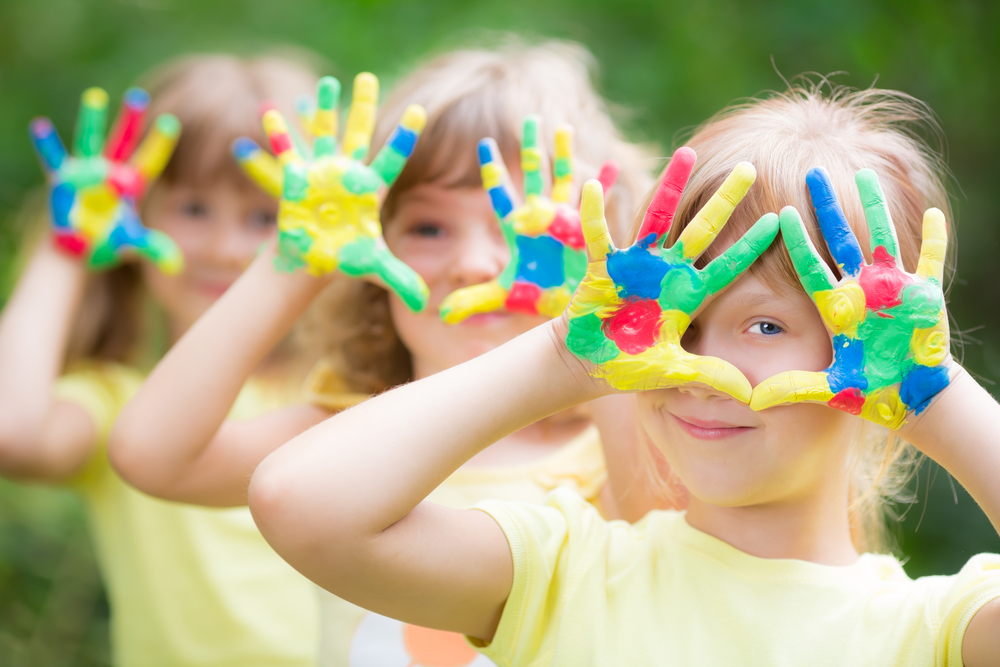 ted.com/three-ways-to-help-any-kid-be-more-creative/.
ted.com/three-ways-to-help-any-kid-be-more-creative/. - Plambech, T., and Konijdendikj van den Bosch, C.C. The impact of nature on creativity – A study among Danish creative professionals. Urban Forestry & Urban Greening, 2015, 14(2), pp. 255-263.
- Burkley, M. Ask “What If?” to Boost Your Creativity. https://www.psychologytoday.com/us/blog/the-social-thinker/201712/ask-what-if-boost-your-creativity.
- PBS The Whole Child Staff. Creativity and Play: Fostering Creativity. https://www.pbs.org/wholechild/providers/play.html.
- Raising Children Staff. Preschooler creative learning and development: what to expect. https://raisingchildren.net.au/preschoolers/development/creative-development/preschooler-creative-development.
- Mcilroy, T. 8 Simple Ways to Develop Your Child’s Creativity. Retrieved from empoweredparents.co: https://empoweredparents.co/8-simple-ways-to-develop-your-3-6-year-olds-creativity/.
- Connor, T.
 S., DeToung, C.G., and Silvia, P.J. Everyday creative activity as a path to flourishing. The Journal of Positive Psychology, 2018, 13(2), pp. 181-189.
S., DeToung, C.G., and Silvia, P.J. Everyday creative activity as a path to flourishing. The Journal of Positive Psychology, 2018, 13(2), pp. 181-189. - Drake, J., and Winner, E. How children use drawing to regulate their emotions. Cognition and Emotion, September 2012, 27(3), pp. 512-520.
- Cohut, M. What are the health benefits of being creative? Retrieved from medicalnewstoday.com: https://www.medicalnewstoday.com/articles/320947.
- Kaufman, S.B. The Neuroscience of Creativity: A Q&A with Anna Abraham. Retrieved from scientificamerican.com: https://blogs.scientificamerican.com/beautiful-minds/the-neuroscience-of-creativity-a-q-a-with-anna-abraham/.
15 Ways to Boost Child's Creative Thinking
When we talk about creativity, we often talk about it like it’s a talent we’re born with. Either you’re naturally a creative person, or you’re not.
In reality, though, parents can foster their children’s creative thinking abilities at a young age.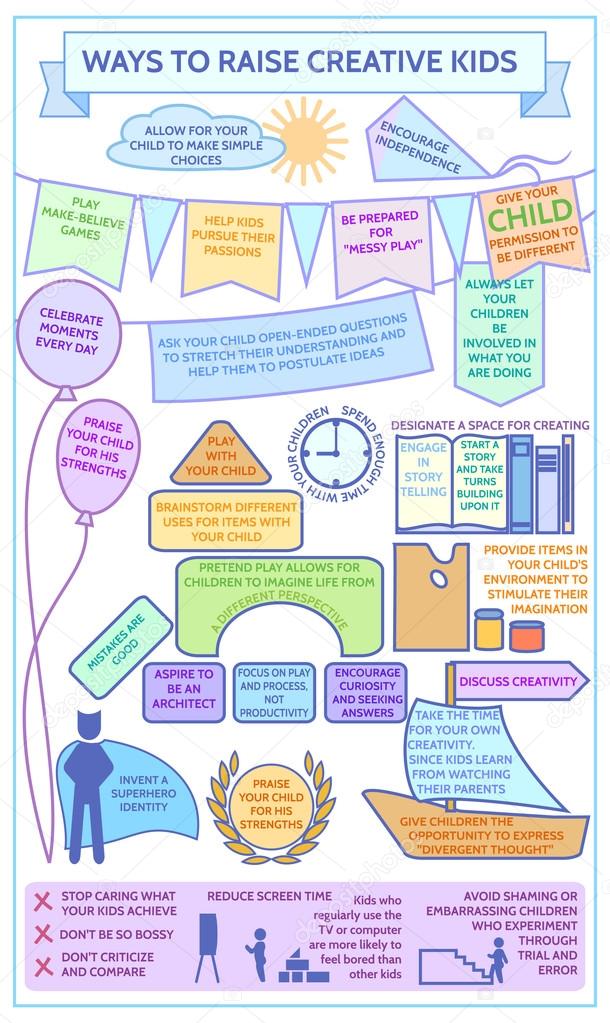
While you can’t guarantee that your kid will become the next Picasso, you can give them a leg up later in life by gifting them all the tools they need to think creatively. Activities like art projects, building blocks, and imaginative play can help your children improve their creative thinking skills and illuminate their imaginations.
We created a list of 15 ideas that can help parents to boost child's creative thinking and also spend time with fun!
1. Explore Space
Learning about outer space always captures kids’ imaginations, so incorporating it into creative activities can be a great way to stimulate their creativity while giving them a leg up in science class.
Plus, there are many educational and creative activities that you can do to enhance your child’s love of space.
Some of these activities are pretty simple. You can ask your child to use their imagination to tell you what they think aliens are like, for example, or you can ask them to tell a story about an astronaut who traveled to the Moon.
You can also do more in-depth an artistic activities to encourage your child to learn more about space. Paper mache models of the solar system are a great art project to do with kids, and you can also make models out of styrofoam balls.
Planetariums are another great way to engage your kids with space. Planetariums often host fun movies and activities for kids to learn more about outer space.
Fostering your child’s love of outer space through art and their imagination will help you make your home a more creative environment for your child.
2. Make Gifts
When the holidays roll around, how do you let your kids choose gifts for their relatives?
Do they pick out something small at the store, or do you just include them in a gift that you picked out?
If you’d like to do something different this year, then you can have your kids make gifts for others instead of just buying something from the store. While store-bought gifts from adults and teens are often well-thought-out, kids’ gifts sometimes seem like an afterthought - unless they’re handmade.
Crafting gifts with your kids for them to give to relatives can be a great way to show them the joys of gift giving, and unlike a small trinket or signature on a card, it’s a more personal way for your kids to give thanks to their friends and family.
Small trinkets - like bracelets or ornaments - are great and appropriate projects for kids of all ages, and you have plenty of room to get creative with ideas. You can paint wood ornaments, learn how to braid friendship bracelets, or use make your own snow globe kits to create cute and memorable gifts with your children.
As kids get older, they may want to make for advanced and personalized items for the people they love. They might paint portraits of places that your family enjoys, or they may get into more advanced woodworking, sculpting, or crafting.
Making gifts is a great way to encourage creativity while helping kids develop emotionally.
3. Make Toy Craft Kits with your Kids
Toy craft kits are another great way for you to promote creativity through art.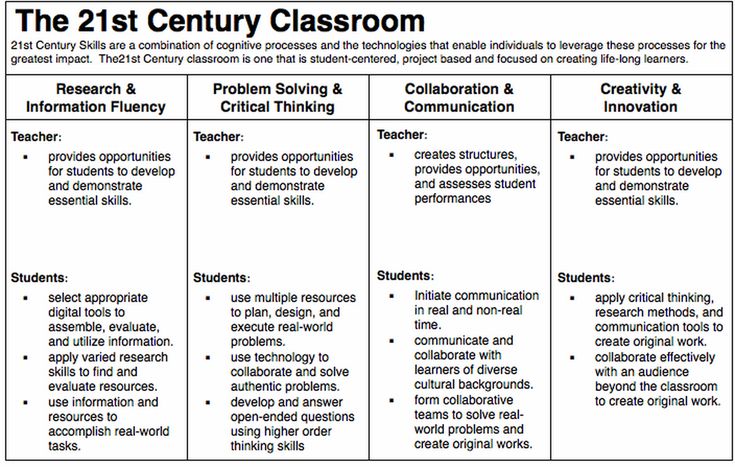
These kits are perfect ways to allow your child to exercise their creativity while improving their fine motor skills, and as an added bonus, they’ll learn the joys of making something with their own two hands.
Toy craft kits come in all forms. With younger kids, you can make fun simple toys like pinwheels and tops, which are easy to make and customize. You can also do plenty of simple and engaging science and craft kits.
Older kids might enjoy more complex projects. They may want to make their own tea set or doll set, or they might want to make a model ship or train. For kids who are scientifically-inclined, you can get fun chemistry kits or simple machines.
Because there are so many toy craft kits out there, it’s easy to find one that interests your child while being appropriate for their skill level.
For added fun, make a family craft project where all members of your family pitch in. A birdhouse, kids’ table, or other larger craft is a perfect way to create while bonding as a family.
4. Encourage Kids to Use Building Toys
Building toys like blocks or Legos can be great ways for kids to learn basic problem-solving skills and stretch their imaginations.
When playing with building toys with your child, you should allow ample time for free play, but you should also challenge them to build something that they’re interested in. If your 8-year-old loves cars, for example, you could get them a Lego car kit and tell them to build their dream car.
By giving your child an end goal, they will need to think of a plan to build what they want with the materials that they have. This will allow your kid to exercise their problem-solving abilities as they improvise to create the object that they have in mind.
During free play with building toys, your kids will stretch their imaginations as they create objects and play with them. A toddler might enjoy creating a city with blocks and then playing in them with dolls, and older children will enjoy building sets based on their favorite TV and movie characters.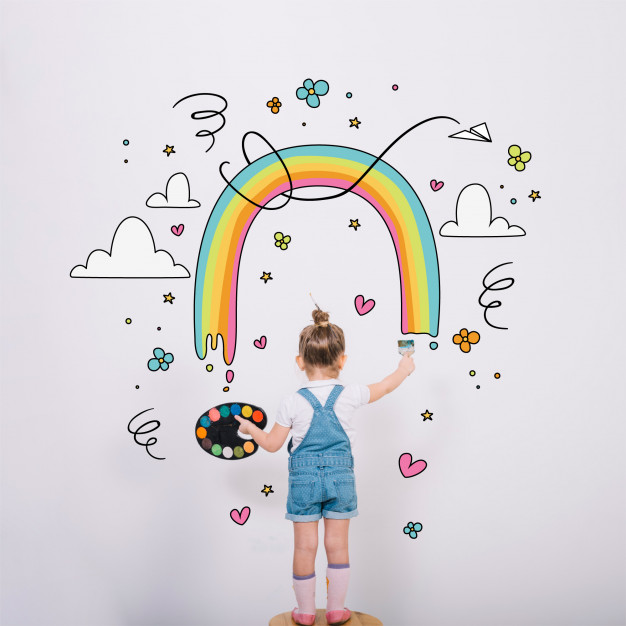
With building toys, you should allow your kids plenty of room for free, imaginative play, but you should also challenge them on occasion to keep them thinking and engaged. In general, these challenges should be open-ended to ensure that your kids are learning how to use their creativity.
Building toys are an excellent way to foster your kids’ creativity in a fun and enjoyable way.
5. Use Apps, Games, and Gadgets
Parents often ask the question - “Is technology limiting creativity?”
There’s no doubt that too much screen time isn’t good for kids. Mindlessly watching TV may be a good way to unwind before bedtime, but it’s no way to spend a day.
However, when used correctly and in moderation, using technology can help to develop kids’ creative thinking skills through apps, games, and gadgets.
Many apps are designed to stimulate kids’ minds and enhance their creative thinking skills. Language apps can help kids begin learning a second language, and mind games apps can help kids develop problem solving skills and fine motor function.
Video games can also help enhance kids’ creative thinking abilities. Contrary to most parents’ expectations, playing video games isn’t all bad news for your child - if you pick games that are stimulating and age-appropriate, they can enhance your kid’s ability to think creatively and solve problems as well as their fine motor skills.
You can also let your kids experiment with different gadgets to allow them to become comfortable with technology and prompt their curiosity. Gaming devices, telescopes, and toy robots are great tools to help your kids explore their creative thinking through technology.
Technology can therefore be a great way for kids to flex their creative muscles, but parents should still be mindful of how much screen time their kids are getting. While art apps or video games can help develop fine motor skills and enhance kids’ abilities to solve problems, they’re no substitute for real-life activities.
While parents certainly shouldn’t rely on technology, it can be a great tool in creating a fun and imaginative environment in your home.
6. Use Indoor Jungle Gyms
For kids, jungle gyms and playgrounds are fertile grounds for fun and imaginative play.
Kids can pretend they’re Army soldiers as they swing along the monkey bars, or they can imagine that they’re kings, queens, and knights with the jungle gym as their castle.
Outdoor playgrounds, however, aren’t always the best venue for this kind of play. The weather might not be on your side, and they’re more likely to get hurt on larger structures.
That’s why an indoor wooden playset or indoor jungle gym from EZPlay are great alternatives to traditional outdoor playgrounds when fostering a creative environment for your kids in your home.
Younger kids can pretend that the Panda Playground is a treefort - complete with a swing - while older kids can use the Koala Playground to pretend that they’re gymnasts or adventurers swinging through the jungle.
Plus, indoor playgrounds are easy to set up and tear down, making them a perfect addition to your home when your kids need to play indoors.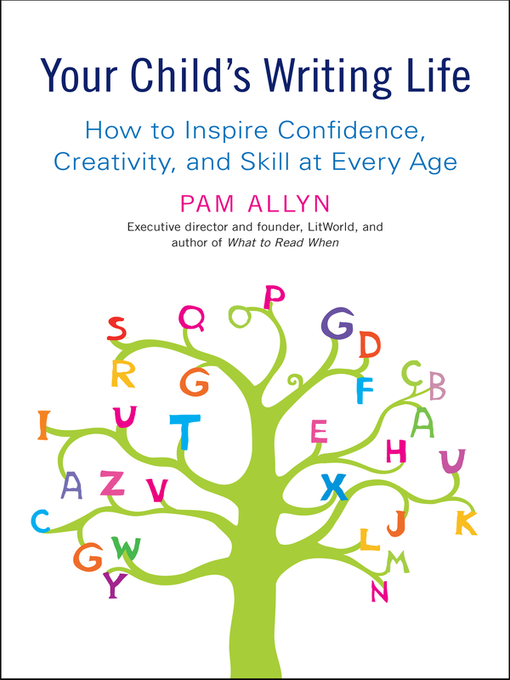
Considering all above, an indoor jungle gym can be a great tool for parents looking to foster a creative environment in their homes by promoting imaginative play.
7. Cook with your Kids
When you cook at home, do you cook with your kids, or do you and your partner usually control the kitchen?
While cooking with kids is certainly chaotic, it’s an option to teach them an important life skill while enhancing their abilities to creatively solve problems.
When your kids are young, start them off with easy recipes like baked goods. Muffins are easy to make, and your young ones won’t need to be around much heat to make them. Plus, you’ll get to introduce them to the concept of substitution when you inevitably run out of milk or eggs.
As your kids get older, you can introduce them to more complex recipes that require more skill. You can start small with eggs and toast and then work your way up to a full Thanksgiving feast.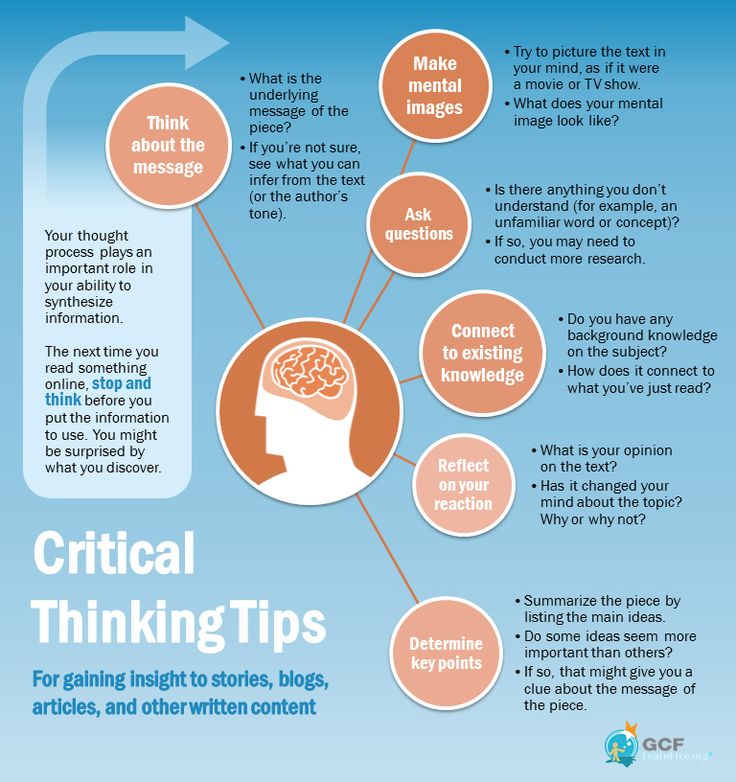
While it may take longer to make a meal with your kids in the kitchen, it’ll be worthwhile to see them learn and grow, and cooking is an activity that you can enjoy with them even when they’re all grown up.
Not only will you be teaching your kids an invaluable skill for them to use later in life, but you also will help enhance their ability to think creatively, solve problems, and manage their time.
8. Make Art with your Kids
Making art with your kids is one of the best ways to make your home a positive creative environment.
Art is an important way for kids to express themselves and improve their creative abilities. It enhances their fine motor skills, and it allows them to explore their imaginations.
You should always make sure that your home is stocked with craft supplies. You don’t need to buy out Hobby Lobby, but some crayons, Play Doh, and colored paper can go a long way in encouraging your kids to use their creativity frequently.
You should also come up with art projects for you to make with your kids. While you may not be an artist yourself, you can certainly teach your child simple crafts like making flowers out of tissue and pipe cleaner or making decorative paper chains.
Signing your kids up for art classes with your kid is another great way to connect with your child while creating art. Parent-child pottery classes are a messy but fun way to bond and create with your kid, and if you’re not the greatest at art, you can use these classes as an opportunity to learn together.
By creating art with your kids, you’ll allow them to explore their creativity while they improve their abilities to express themselves and move deliberately.
9. Teach them How to Play Music
Another great way to foster creativity in your home is to play music with your kids.
When your kids are just toddlers, you can help do this by providing them with simple instruments like toddlers’ keyboards and drums, and you can also sign them up for music classes geared toward young children.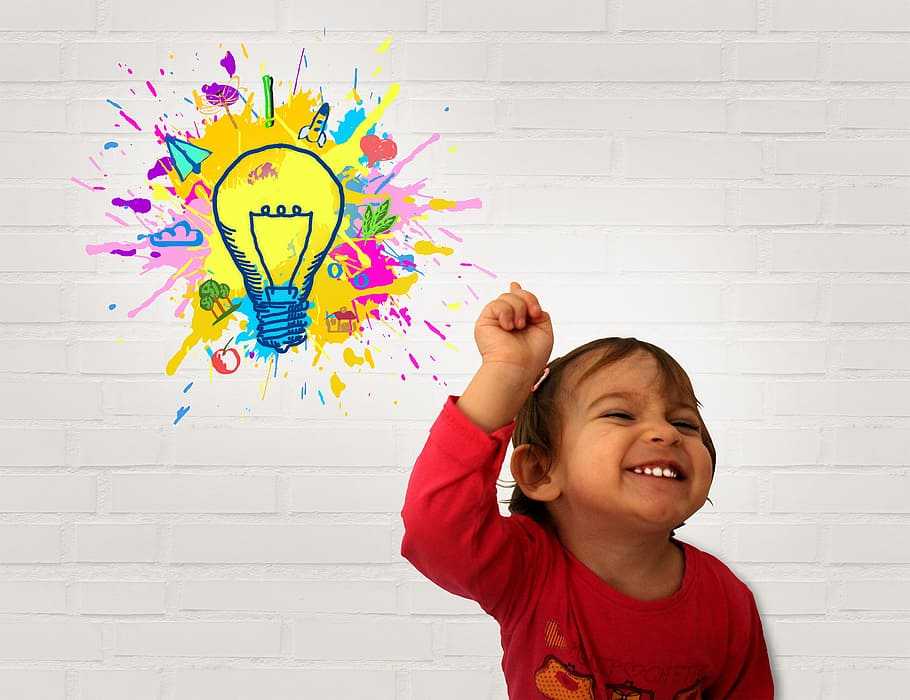
As your kids move closer to kindergarten age, then you can teach them basics or sign them up for introductory classes for basic instruments like piano.
Elementary school kids will have plenty of opportunities to get involved with music as they get older. Schools will often have music classes where kids will sing and play recorder, and there may be music clubs for your kids to join.
Your kids can also join groups like the school band, choir, or orchestra if they want to learn other instruments and become more skilled in making music.
Even if your kid is nowhere near the next Mozart, teaching them how to play music is an important part of exploring their creativity and fostering their appreciation for good music.
10. Make a Photo Booth
Making a photobooth is a great way to play dress-up, introduce kids to photography, and create priceless memories all at the same time.
When you make a photo booth for your kids, you can start by gathering up old clothes, fun costumes, and interesting props around your house. While you can always supplement by buying items that you think your kids would like, you should be able to find plenty of dress-up supplies in your own home.
While you can always supplement by buying items that you think your kids would like, you should be able to find plenty of dress-up supplies in your own home.
If you do need a few extra supplies, you should check out your local thrift shop. Thrift shops are always full of fun - and inexpensive - items for your kids to wear while they play dress-up.
Next, you should set up an area for your kids to take photos. For a good background, you can clear some wall space or hang a sheet, and you can grab a few lamps to improve the lighting in whatever room you’re in.
Then, have your kids dress up and snap away! If your kids are old enough, you can teach them how to use the camera themselves, and you can even include them in the process of setting up.
Once your kids have had their fun, you’ll have a collection of photos at the end to frame, put in scrapbooks, and keep for when they’re older.
Making a photo booth is the perfect way to create lasting memories while enabling your kids to be creative.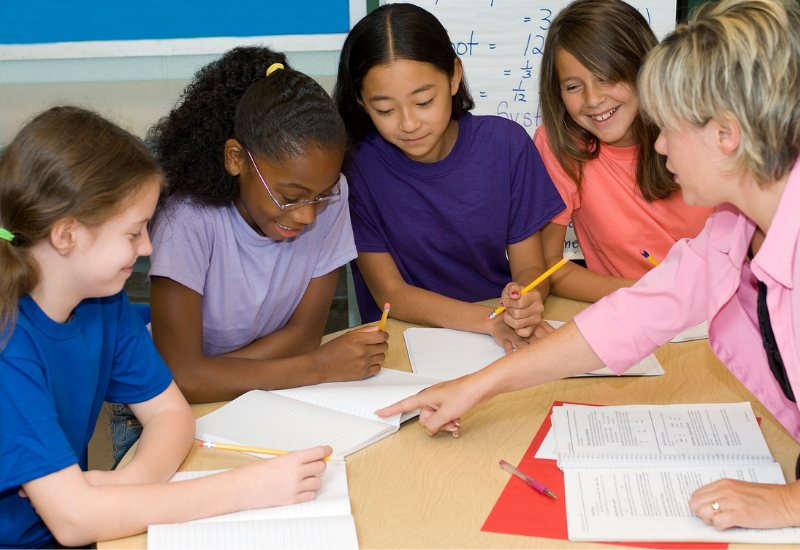
11. Go on Creative “Mini Field Trips”
Small ventures to places that promote creativity can be helpful in bonding with your kid while introducing them to new and stimulating environments.
Museums are a fun and inexpensive way to promote creative thinking. Children’s museums often feature a variety of exhibits that are appropriate for kids, and they’re full of fun, hands-on activities that allow your kid to explore the world around them.
Other museums, such as art museums or natural history museums, are also good choices for kids. While you may want to ensure your children are old enough to understand museum etiquette, these types of museums are great ways to educate your child and stimulate their minds.
Theater performances are another outing that you can enjoy while promoting a creative environment for your children. Age-appropriate plays and musicals are excellent ways to introduce your children to the theater, and many children’s theaters offer workshops for kids interested in acting to attend.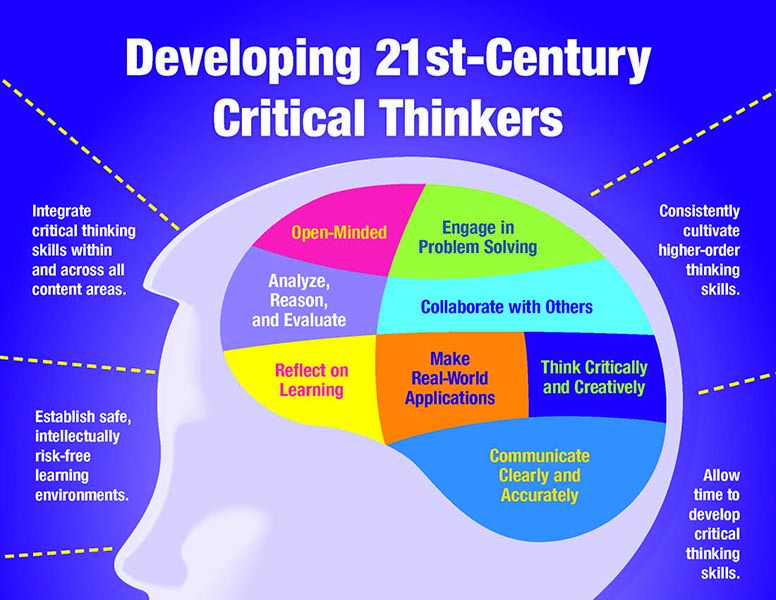
You can also attend musical performances like concert and symphonies to enhance your child’s love and appreciation of music. Whether it’s classical music or a popular artist, attending live music events will certainly allow your kid to develop their creativity.
You should also look into local events to see if there are local exhibits or speakers that could interest your kids. Outdoor festivals like Shakespeare in the Park or Renaissance Festivals can be excellent ways to enjoy theater and history with your kids, and exhibits about Ancient Egypt or space shuttles can be great experiences for them, too.
12. Watch Art Videos with your Kids
Watching art videos with your kids is a great way to spark their creativity - even if they’re all tuckered out.
Asking your kids to help you make a birdhouse or visit a museum after a long day of school or soccer practice might not be the best idea. Kids can get cranky - especially when they’re tired.
However, you can make the most of this down time by watching art videos with your kids.
Videos about art and artists can stimulate kids’ interest in art, and it can inspire them to think creatively about the world around them. You may also ask your kids questions about the video as you watch it to encourage them to think critically about the video’s contents.
You can also watch art videos that are focused on instructing viewers on how to complete a particular project. If you and your kids want to complete a family craft or experiment with a certain kind of art, you can watch videos ahead of time to see how much work it takes and whether or not your kids are interested in the project.
Art videos aren’t your typical educational videos - they’re colorful, bright, and engaging. This makes them one of the best kinds of educational videos for kids.
Watching videos about art with your kids can be a good way to promote creativity - even if they’re a bit tuckered out.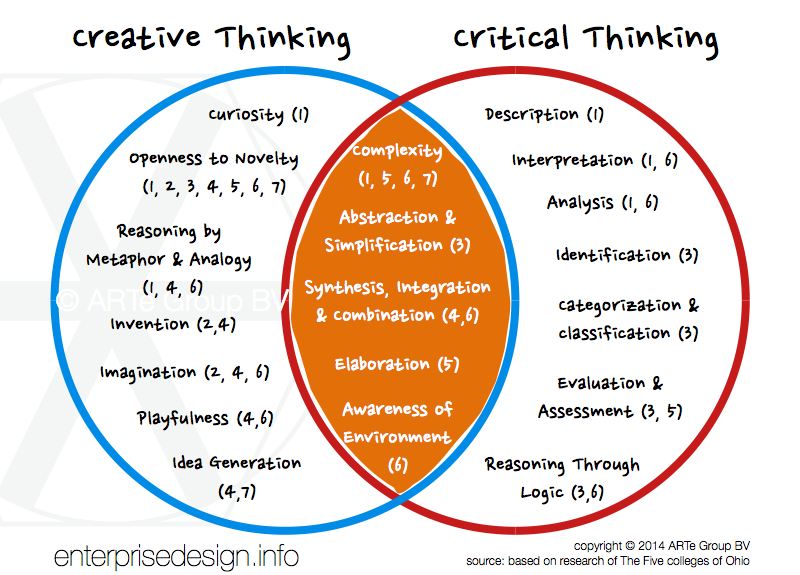
13. Play Creativity Games with your Kids
Creativity games are another good way to encourage your kids to be creative at homes.
Creativity games encompass a wide variety of games. You can use board games, such as Cranium or Scrabble, to encourage your kids to stretch their brains and improve their cognitive abilities. Even games like Monopoly can promote creative thinking by allowing kids to solve problems and make decisions about their course of action.
There are also a handful of creative group video games that you can play with kids. Modernized variations of Pictionary allow you and your kids to draw on your phones or tablets and facilitate games in an engaging way.
You can also make up plenty of games to play with your kids. Drawing games are a fun and easy way to get your kids to flex their creative thinking muscles, and matching games are fun to play with your kids - and you can even make your own matching game with your kids.
Even imaginative games - like “The Floor is Lava!” - are great ways for kids to explore their imaginations. Though these types of games might not be particularly stimulating in and of themselves, they’re great ways to encourage your kids to use their imaginations to create their own fun.
By playing imaginative games with your kids, you can help them become more creative while allowing them to explore their imaginations.
14. Enroll your Child in After-school Programs
After school programs are another great way for you to make your child’s environment just a little more creative.
While your child will be exposed to art and music at home and in school, after school programs can enhance their creative abilities in areas that they’re interested in. And, with so many different options available, you can allow your kids to explore all levels of their creativity.
After-school programs for things like art and music are great ways to allow your kids to explore their creative side, but even less-obvious options - like science programs or after school tutoring - can help them further enhance their creative thinking skills.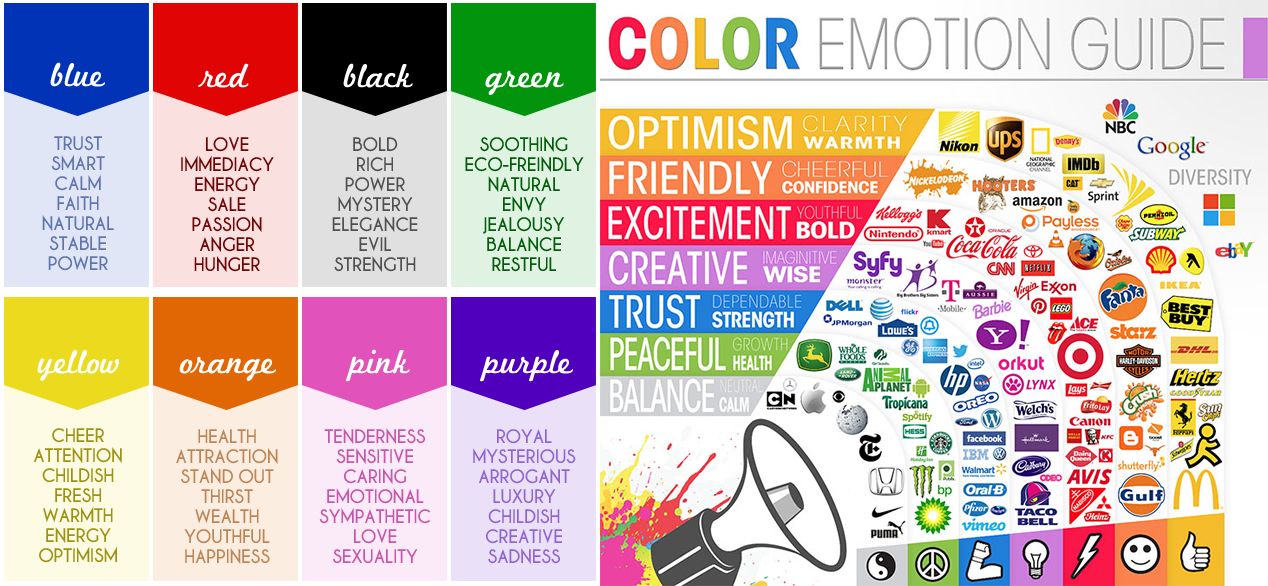
After-school programs are also great opportunities for your kids to engage creatively with their peers in a social environment. After-school programs are meant to be fun, and your kid will get to connect with peers outside of the classroom and further improve their social skills.
Plus, with after school programs, you’ll have a bit more time in the day to make dinner, grab craft supplies from the store, and take care of the home.
After-school programs are a great way to enrich your child’s learning and improve their abilities to think creatively.
15. Encourage Reading and Storytelling
Reading and storytelling will surely benefit your children in school - but they’re also an important part of promoting creativity in your household.
All kids love a good story - and you should foster that love by encouraging them to read.
When kids are very young, you should read to them and with them and tell them stories. Find books that are appropriate for their reading level, and read with them to help them improve their core skills.
Find books that are appropriate for their reading level, and read with them to help them improve their core skills.
However, you should also tell toddlers and other young children more complex stories that they can comprehend - even if they wouldn’t be able to read it on their own. This will encourage them to practice reading so that they can enjoy the stories you read to them on their own.
As kids get older, you should promote silent reading time, and you may ask them about what they read to encourage them to read carefully.
You can also engage them in storytelling through various activities. Scary stories around a campfire can be a fun way to encourage children’s imaginations - and it’s an excuse to eat s’mores!
As your children learn to write, you should encourage them to write stories and write about what they read. Promoting literacy is an important part of fostering a creative home environment for your kids.
It becomes clear that there are dozens of ways to boost creativity in kids and mostly all of them are not time consuming.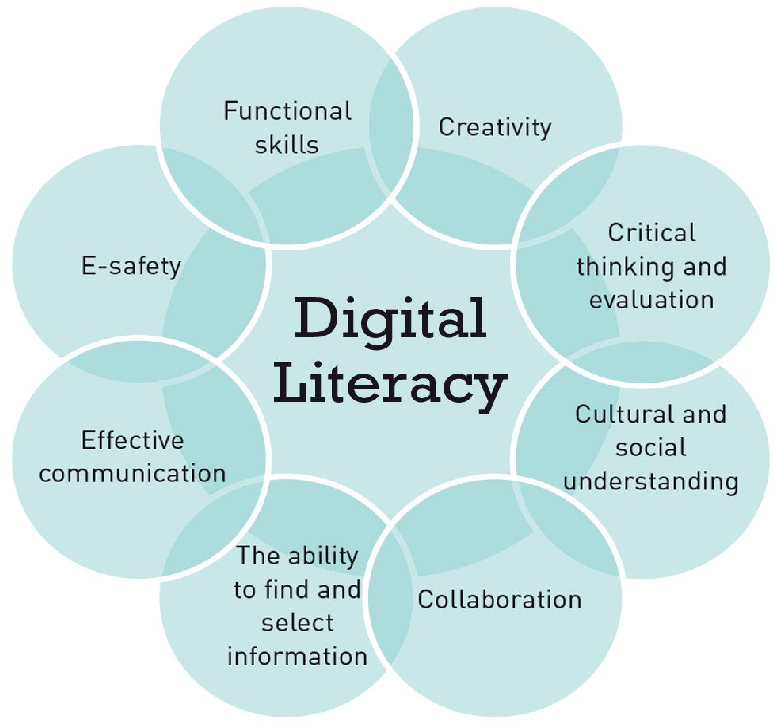 In case of choosing an after-school program, parents do not even need to engage in the process of education. Thus, never forget to motivate kids to develop their creative skills because creativity is a crucial skill in the modern epoch.
In case of choosing an after-school program, parents do not even need to engage in the process of education. Thus, never forget to motivate kids to develop their creative skills because creativity is a crucial skill in the modern epoch.
10 activities, ideas and exercises
1. Looking for a source of inspiration
The kid sat down to draw or play with the designer and abandoned the rest of the business - support his enthusiasm. Among all creative activities, it is important to find one that will light a spark in the eyes of a child. Failed to catch inspiration right away - keep looking. Probably, the child will like to collect pictures from mosaics, make applications, sculpt from plasticine or space sand, fold origami, etc. more. nine0005
2. We arrange a creative corner
We found the source - we create the conditions. The problem of a plasticine-stained carpet and painted wallpaper will be solved by a specially equipped creative corner. Let the child be distracted from the outside world and immerse themselves in their favorite hobby, without fear of being punished for mess or damaged things.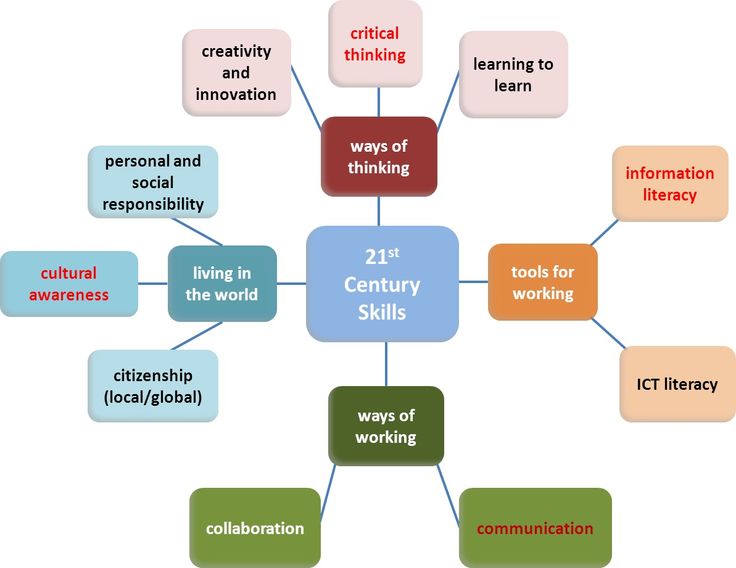
The place of children's creativity may resemble the aftermath of a hurricane, but you should be able to close your eyes to this. “No chaos, no inspiration. It’s like a kitchen at lunch time,” said American philologist and writer Mason Cooley. nine0005
Treat clutter as part of creativity.
It is important to create conditions, an atmosphere. Even more important is to develop the desire to create, to find sources of inspiration.
3. We fantasize every day
Do you want to discover and develop your creative potential? It would be nice to include creative activities in the schedule, like meals, walks, sports and other activities. It is important not to overdo it, not to turn creativity into a boring obligation. After all, for a child it is first and foremost a game. nine0005
Adding creativity to everyday activities
Even cleaning the room or cooking can be interesting if you add creativity and imagination to them. Compete, which of you will clean the room better and get a prize as the main cleaner.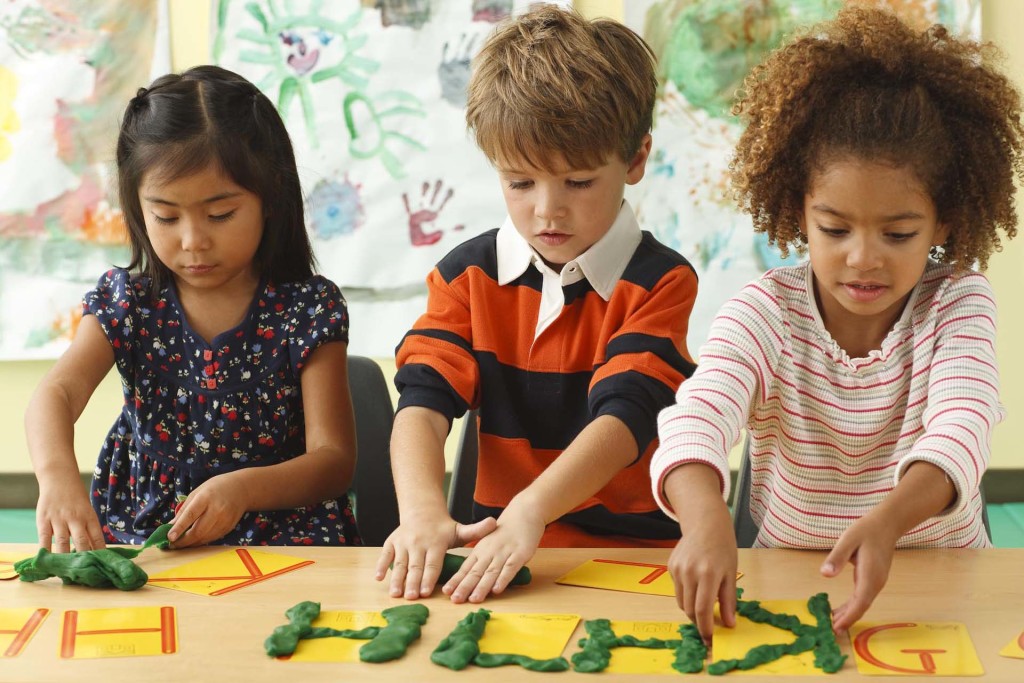 Prepare a delicious dinner according to the secret recipe of a famous chef from France, and wash the dishes on behalf of the spirit of cleanliness. It is necessary to show the child that even a seemingly boring activity can be exciting and fun. With this approach, you yourself will quickly cope with the routine. nine0005
Prepare a delicious dinner according to the secret recipe of a famous chef from France, and wash the dishes on behalf of the spirit of cleanliness. It is necessary to show the child that even a seemingly boring activity can be exciting and fun. With this approach, you yourself will quickly cope with the routine. nine0005
Any items lost? Why not turn their search into a quest!
Find a use exercise
Think together about how to use everyday items in a non-standard way. For example, you can comb a cat with a toothbrush, tickle your friends, draw with paints, etc.
4. Learning to develop imagination by observing the world around
Walk in the park, get out of the city, teach your child to admire the beauty of the world around. It is interesting to come up with images, looking at the clouds, or to guess objects by their outlines in the late evening. If you take a magnifying glass or binoculars with you, it will be even more interesting to watch birds and insects. nine0005
nine0005
Artist Rob Sayage Jr. uses a tablet to create these cloud paintings.
Grab a whiteboard marker (easy to wash off) and try to draw your shapes on the glass with your child.
5. Creativity is available to everyone
To learn how to think creatively, you need to practice. Not everything turns out right away, but it doesn’t matter: there are no those who have become a master in their field without any effort.
The advantage of creativity is that it can be inexpensive or even free. With the help of pebbles, a milk bag can be turned into a musical instrument, a flower can be made from a napkin, and a jewelry box can be made from ice cream sticks. It would be fantasy! nine0005
Simple materials give the child a lot of room for creativity.
6. We keep the results and the desire to create
Children are upset when they find out that their crafts and drawings are thrown away. Therefore, collect and store children's creativity.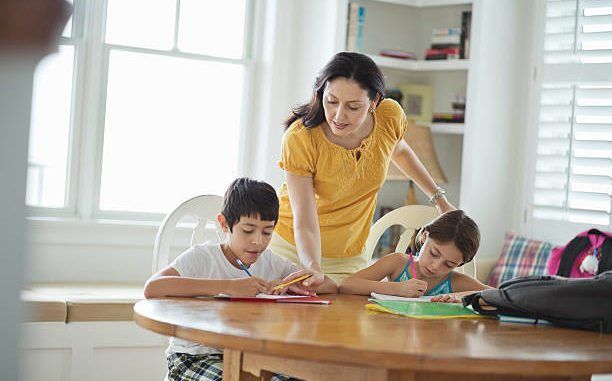 These are memorabilia for you and a source of inspiration for your child. And in 15-20 years, yesterday's doodles can also mature and grow into professional art.
These are memorabilia for you and a source of inspiration for your child. And in 15-20 years, yesterday's doodles can also mature and grow into professional art.
Children's drawings of artists in a new version. Job Katherine Brannock
It is not allowed to criticize (,) (,) praise
The child wanted to draw a horse, but the dog came out? Pencil drawing after watercolor turned into a daub? The opinion of mom and dad is the most authoritative for the child. A word can inspire or discourage the desire to engage in creativity. Try to respond carefully to the first creative steps.
The courage of criticism must be followed by the courage of praise.
Honore de Balzac
7. Immerse yourself in art
Introduce your child to literary and musical classics, instill a love of reading books. Instead of toys or goodies, you can buy tickets to the theater, cinema, or art exhibition. A change of scenery, a trip to an unfamiliar place will bring new emotions, joy and inspiration.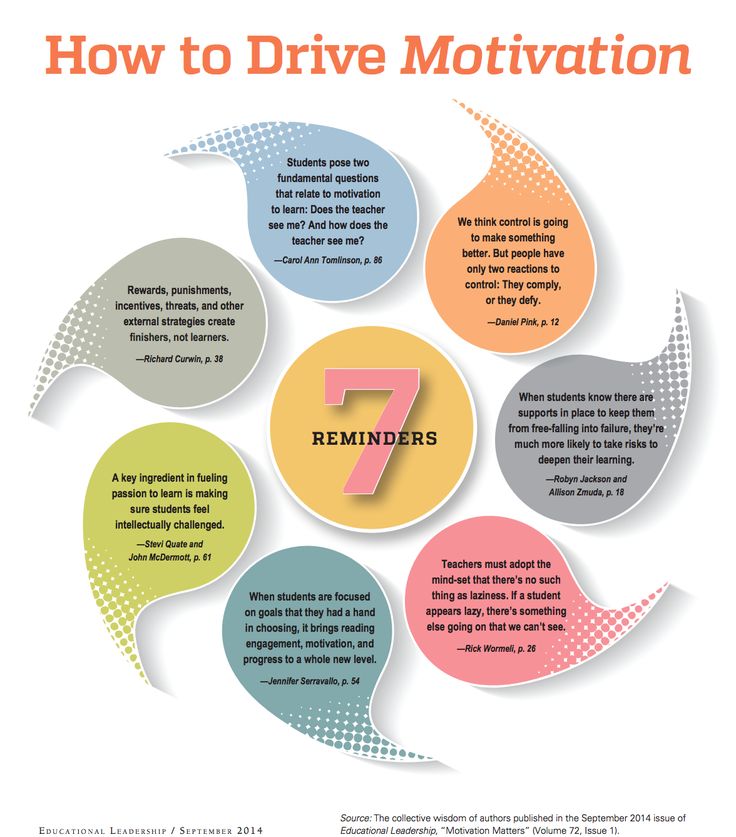 Art in its purest form is a good teacher, capable of awakening in a child the desire to create their own masterpieces. nine0005
Art in its purest form is a good teacher, capable of awakening in a child the desire to create their own masterpieces. nine0005
Exercise “What if...”
Take a fairy tale as a basis and change one detail in the plot (for example, Little Red Riding Hood did not tell the wolf where her grandmother's house was). Imagine how the plot of the fairy tale would develop further.
A good book will keep children company and teach them to dream.
8. Modeling situations that require creative solutions
In adult life there are difficult situations from which it is problematic to find a way out. This is where the ability to think outside the box comes in. Teach your child to reason and look for original ways to solve problems. nine0005
Find a way out exercise
Invite the child to come up with a solution to a problem situation. What to do if I mixed up the ticket and got on the wrong train? Lost in a strange city and don't have your phone with you?
9.
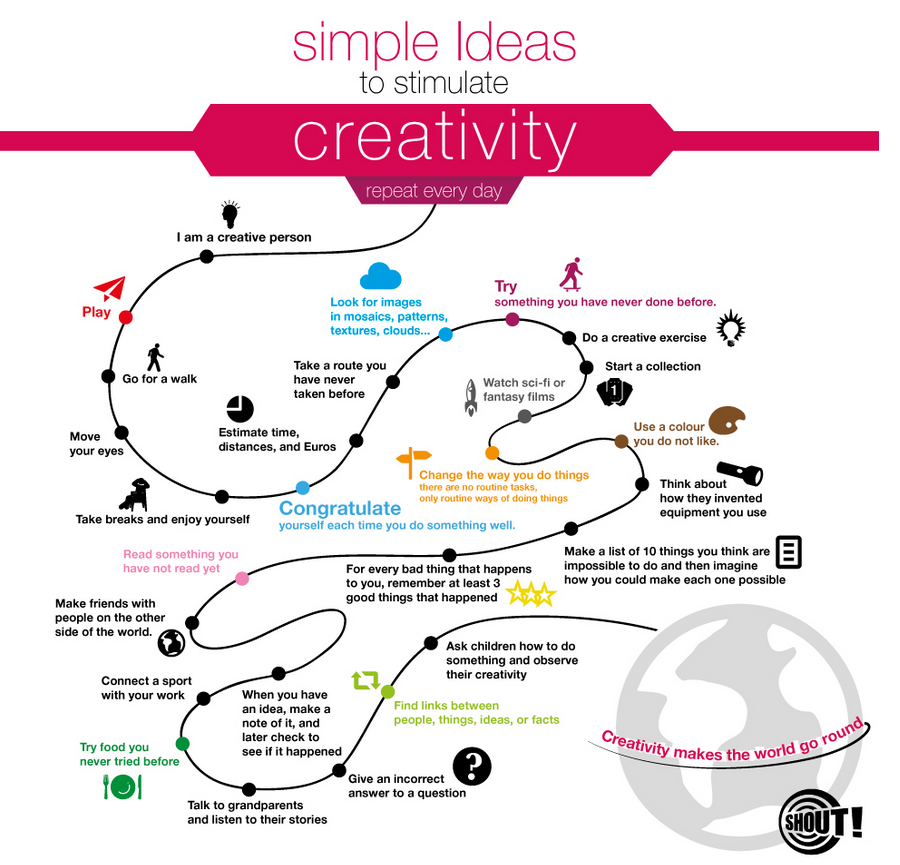 Solving non-standard problems
Solving non-standard problems Solving logic problems and puzzles is a good way to develop non-standard thinking.
There are more than 2500 tasks on logic, imagination and spatial representations on the LogicLike platform. To give your child access to classes, you need to register. nine0005
10. The process is more important than the result
It is not necessary to strive to grow an artistic genius. It is much more important to see the benefits of creative, extraordinary thinking, which helps to solve even the most difficult life situations.
The task of a parent is to awaken in a child a craving for creativity, to help him find his talents and realize them.
To teach to see new opportunities and find non-standard solutions.
Creativity will serve the child well in school, work and life. Think and create something new. Get the joy of creativity and development with your child! nine0005
Development of creative abilities in preschool children
Every child is a creator and experimenter by nature.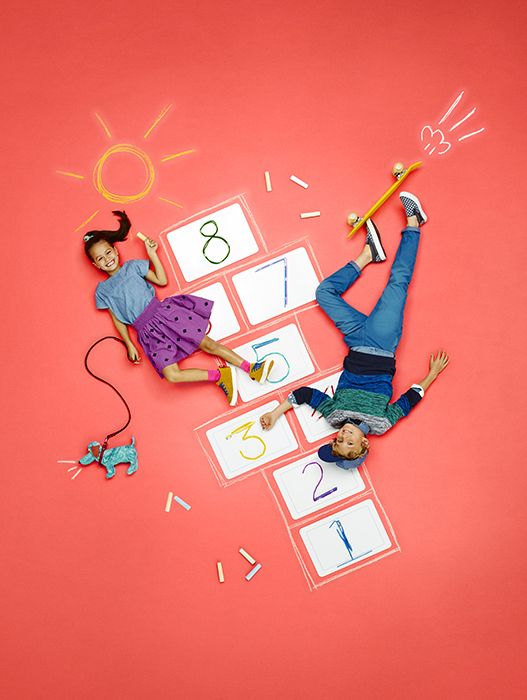 The formation of a multifaceted and holistic personality is impossible without the development of creative abilities. In children, they are in a latent state and are not always fully realized on their own. By creating conditions that encourage the child to engage in creativity, you can wake them up.
The formation of a multifaceted and holistic personality is impossible without the development of creative abilities. In children, they are in a latent state and are not always fully realized on their own. By creating conditions that encourage the child to engage in creativity, you can wake them up.
What is creativity and why develop it?
Creativity is the process of creating something fundamentally new, original, unique by a person. Creativity is expressed in the ability of a person to find a special look at the familiar and everyday. They to some extent depend on the psychophysiological characteristics of a person, but are not innate. Their development is due to the active intellectual activity of man. nine0005
One of the important tasks of pedagogy is the formation of a creative personality. Modern society needs non-standard, diversified personalities, people capable of creative activity.
Creative abilities include:
- imagination,
- imaginative thinking,
- intuition,
- fantasy,
- perception,
- initiative,
- curiosity,
- the opportunity to apply theoretical knowledge in practice.
 nine0121
nine0121
Creativity is important, so it is necessary to develop it from early childhood. Often parents give preference to the development of the child's intelligence, logic and memory, but forget about creativity. This is a big mistake. Creative and logical thinking are not opposed, but complement each other.
Such activities have a complex effect on the child. They contribute to the development of observation, imagination, thinking, memory, emotional intelligence. The process of further schooling will be much more effective if creativity is applied to it. Therefore, creative development is no less important than intellectual and physical. nine0005
Conditions for the development of creative abilities
To develop a child's creative abilities, certain conditions must be met:
- Proper and timely physical development of the child.
- Inclusion of the child in creative activities as early as possible.
- Creating an environment that will stimulate creative activity - emotional comfort in a family or team, an atmosphere of creative search.
 Support for any child's endeavors. nine0121
Support for any child's endeavors. nine0121 - The development of preschool children should only take place in a playful way. Classes should not turn into boring lessons.
- A variety of activities to get the result - the creation of a new product.
- Giving the child freedom in choosing activities, methods and materials, duration of classes, their alternation.
- Regular and systemic nature of classes.
- Timely, but dosed help from adults in case of difficulties and impasses. nine0121
- It is important to constantly stimulate the child to be creative, to support in case of possible failures, to show sympathy and patience.
A child of preschool and primary school age is actively involved in creative activities. In it, he is led by adults, and tries his hand on his own. This requires creative imagination, coordination of one's actions, independence, the ability to apply experience in new conditions, and responsibility.
Children of this age are very inquisitive, they have a great desire to explore the world, their thinking is not bound by stereotypes.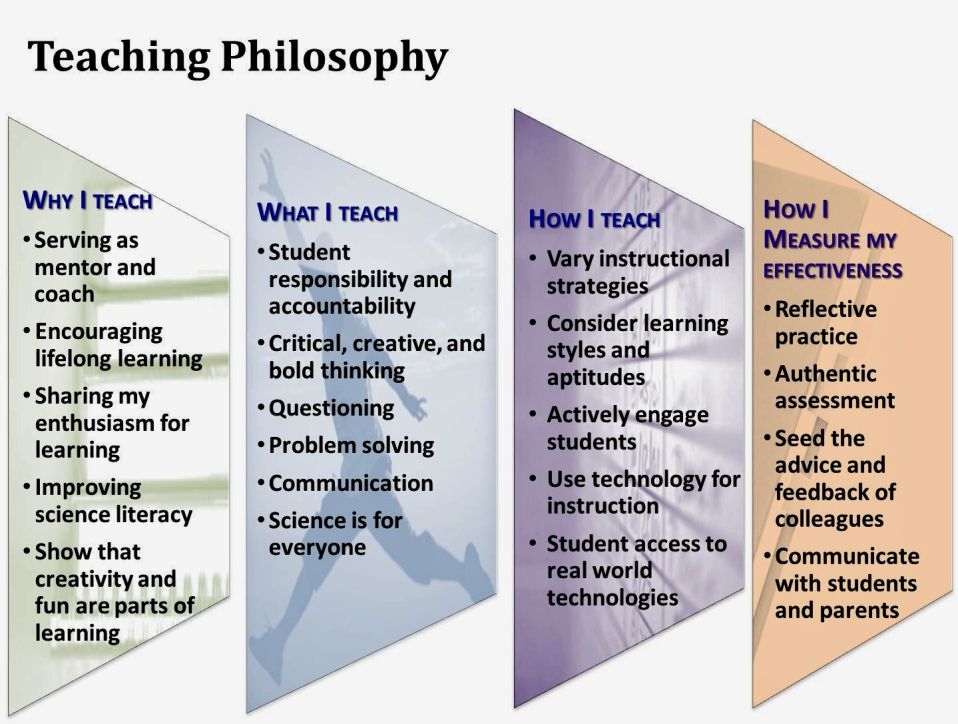 Parents, encouraging this, giving children knowledge, involving them in various activities, contribute to the enrichment of experience. And this is a prerequisite for future creative activity. nine0005
Parents, encouraging this, giving children knowledge, involving them in various activities, contribute to the enrichment of experience. And this is a prerequisite for future creative activity. nine0005
Development of creative abilities with age
Each age period is characterized by its own characteristics in the development of children's creative potential.
Junior preschool age
1-2 years old . Toddlers of this age often show interest in music - they move to the music, catch its rhythm. Artistic creativity also fascinates them. They learn to hold a pencil in their hand, try different materials and techniques, experiment a lot. nine0005
3-4 years . During this period, the peak of creative activity in children is manifested. They already know and know a lot. Recognizable objects appear in their drawings. They still follow an adult, but they can take the initiative, invent and fantasize.
Senior preschool age
5-6 years old.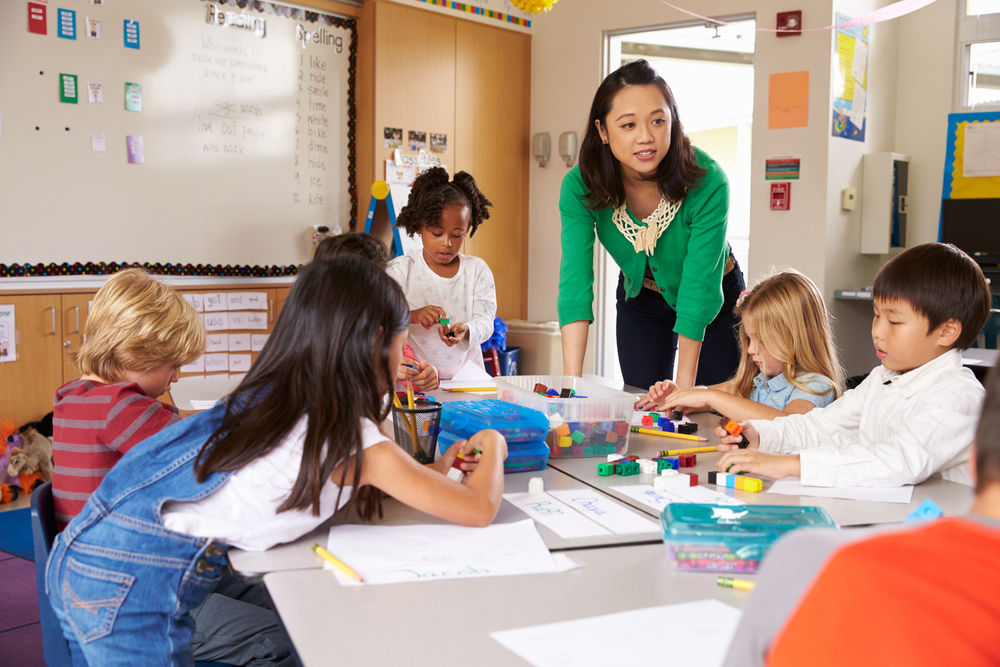 Classes for children of this age can already be complicated by a wide variety of new tasks. Older preschoolers can already work on a task for a long time, act independently, adequately cope with failures, and achieve the result they need. nine0005
Classes for children of this age can already be complicated by a wide variety of new tasks. Older preschoolers can already work on a task for a long time, act independently, adequately cope with failures, and achieve the result they need. nine0005
Primary school age
7-8 years old . At this age, more serious creative activity begins - drawing, music, theater. And in every area the child will be able to express himself. Although it is possible that the leader will be one to which he has natural inclinations. Also, children's technical creativity is manifested at primary school age. Children have already accumulated a certain experience that allows them to experiment and create new things.
The best period for the development of creativity is preschool age. It is worth starting to develop the creative abilities of children as early as possible. nine0181
How to develop the creative abilities of preschoolers?
There are many ways to develop children's creativity. Conversations about the world around, about everything that happens around, answers to questions of interest - all this can be used by parents every day. Educational games, puzzles and constructors should be in every child. It is worth doing drawing, sculpting, reading books and listening to music with the baby. These activities will not only entertain, but also bring great benefits. nine0005
Conversations about the world around, about everything that happens around, answers to questions of interest - all this can be used by parents every day. Educational games, puzzles and constructors should be in every child. It is worth doing drawing, sculpting, reading books and listening to music with the baby. These activities will not only entertain, but also bring great benefits. nine0005
Games and activities to develop creativity
What does the figure look like?
Game for children aged 5-6. Develops creative imagination, the ability to create images, select the most creative of them, the ability to notice signs of objects. An adult offers several pictures that show abstract figures. Children think they are reminiscent.
All variants are encouraged, but original ones are especially noted. If the child has no options, you can tell him to look at the picture from a different angle, close part of it, etc. The ability to see objects in abstract images indicates a high level of development of the child's imagination.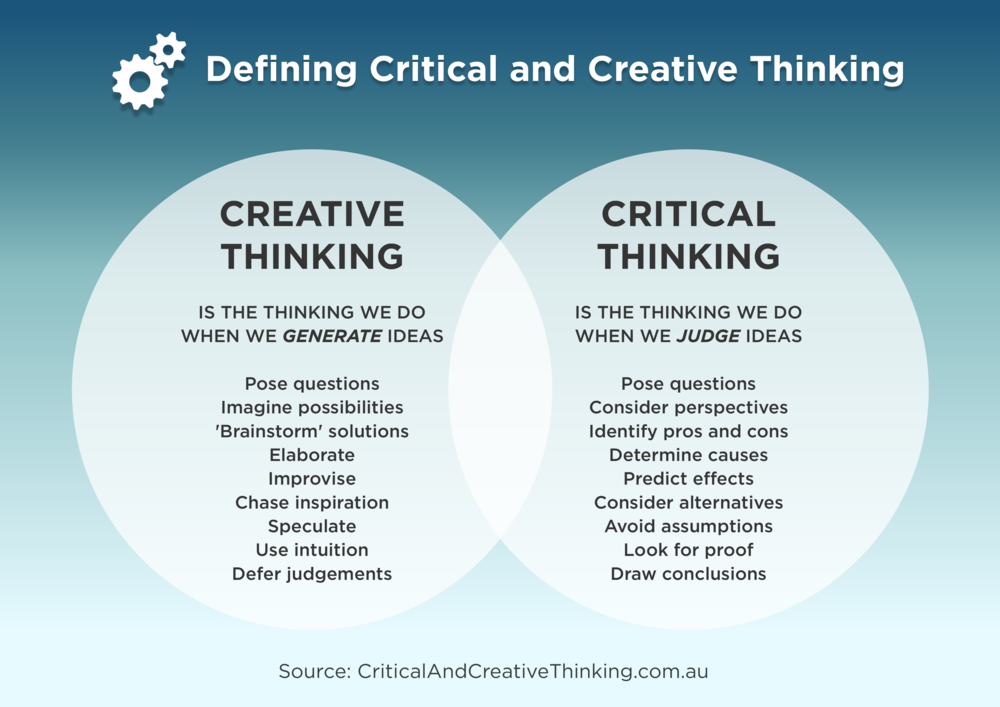 nine0005
nine0005
Making up a story
Game for children from 5 years old. The host begins to tell the story with the phrase “Once upon a time ...”, and then the rest are included in the game. In turn, they add one meaningful sentence at a time and continue the story. The facilitator directs the development of the story. Before starting the game, children should be encouraged to fantasize, suggest the idea of using the characters of fairy tales, books, cartoons. As a result, the leader retells the whole story in full.
Mosaic of grains, seeds
The game is suitable for children from 3 years old to primary school age. Develops creative and imaginative thinking, fine motor skills, the ability to model a holistic image from details, parts. It is necessary to prepare a set of various grains and seeds in sufficient quantities. Children are invited to post any image - a house, a flower, an animal, etc.
It is important not to give hints, but to let them, having shown their imagination, do it on their own. If several children play, then you can make a big joint picture. nine0005
If several children play, then you can make a big joint picture. nine0005
Magic blots
Game for children from 3-4 years old. Develops imagination and fantasy, the ability to see images. An adult makes several blots: he pours some ink or ink into the center of the sheet and folds the sheet in half. On the expanded sheet, a symmetrical blot will turn out. Children voice what they see in the blot (whole or its individual parts).
Three items
Game for children from 5-6 years old. Develops imagination, thinking. An adult prepares cards with a couple of signs of objects written on them. You can do without cards and just call them out loud. For example: warm and fluffy, sweet and soft, hard and heavy, etc. Children should think and name three items each that correspond to the indicated signs. Warm and fluffy can be a blanket, a cat, a soft toy. nine0005
Who has what character?
Game for children from 4 years old. Develops imagination, the ability to distinguish emotions.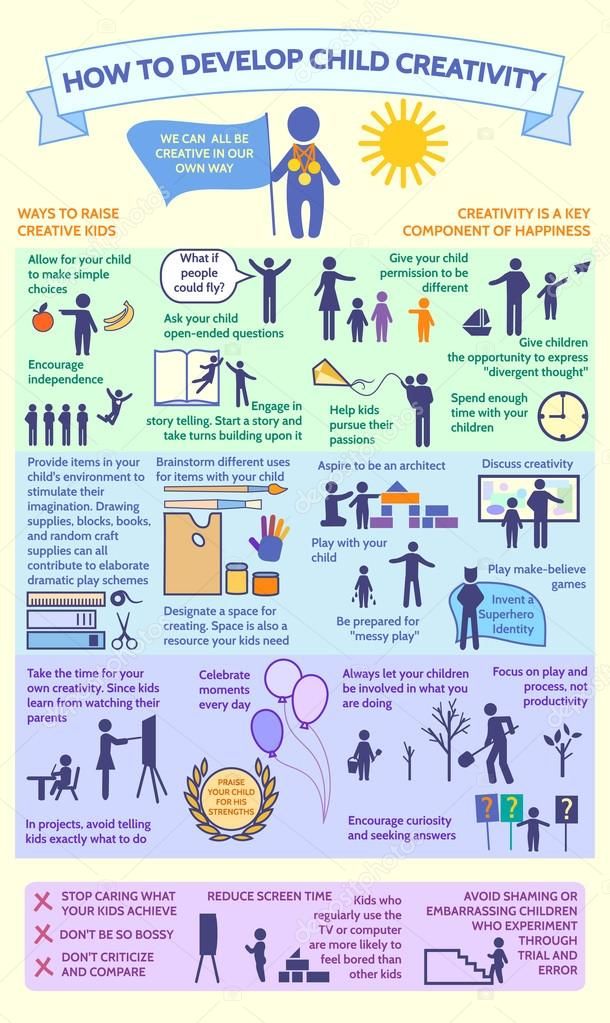 An adult distributes pictures to children depicting various inanimate objects. For example: hammer, pillow, pencil. Is it discussed with the children what character these objects can have? Can their character change, depending on whose hands they are in? Children are offered to describe how a sad and cheerful hammer, a lazy and industrious pencil works.
An adult distributes pictures to children depicting various inanimate objects. For example: hammer, pillow, pencil. Is it discussed with the children what character these objects can have? Can their character change, depending on whose hands they are in? Children are offered to describe how a sad and cheerful hammer, a lazy and industrious pencil works.
Creative ideas
Fine arts
Children can be given crayons, pencils and paints from a very young age. An object that leaves a mark on the surface fascinates them and encourages them to experiment. From 3-4 years old, drawing acquires meaningful features. The child seeks to depict the world around. With age and experience, his skills improve.
Modeling
Modeling classes contribute to the development of imaginative thinking, visual perception, memory, manual skills, forms a sense of beauty, the ability to see beauty in the ordinary. Modeling is also associated with the game - the leading activity of preschoolers.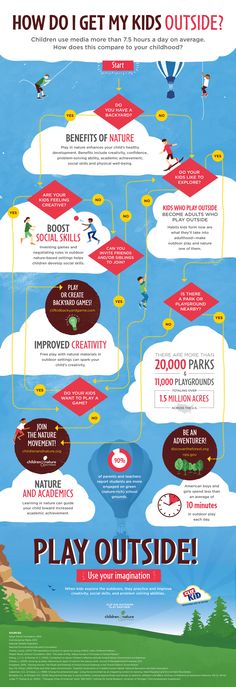 The completed figure is voluminous and stimulates children to play activities with it. It is good to use different materials for modeling - plasticine, clay, dough, paper pulp. Each of them has a different texture and properties. nine0005
The completed figure is voluminous and stimulates children to play activities with it. It is good to use different materials for modeling - plasticine, clay, dough, paper pulp. Each of them has a different texture and properties. nine0005
Appliqué
The appliqué is based on cutting out various details and applying them to the background in a certain order. Details can also be fixed in various ways - with glue, threads, etc. The originality of the application is in the nature of the image and in the technique of execution. The image here is more conditional than in the figure, of a generalized form, with almost no details. Application classes develop a sense of color, rhythm, symmetry. This is how artistic taste is formed. In parallel, children are accustomed to the planned organization of work. nine0005
Non-traditional drawing
Preschoolers first acquire the simplest skills and abilities of drawing with traditional paints, pencils, etc. And as they grow older, they begin to look for new ways of reflecting the world around them. At this point, an adult can introduce them to interesting non-traditional drawing techniques.
At this point, an adult can introduce them to interesting non-traditional drawing techniques.
Paraffin candles, cotton buds, toothbrushes, combs, threads and other household items are used. Such activities help in removing children's fears, gaining self-confidence, inner harmony. Owning different techniques and ways of depicting, the child gets the opportunity to choose. nine0005
Music
Supports the overall development of the child and helps build skills for future schooling. Listening to music at an early age helps children express their emotions and share feelings. Listening to music, the child learns to interpret and understand it, and the imagination is actively involved in the process.
It is useful for kids from a very early age to listen to music - children's songs, dance melodies, classics. Older children learn to move to music. Musical fairy tales are of great interest to kids. It can be audio recordings and musical cartoons. Children quickly memorize songs, which contributes to the development of memory, speech. nine0005
nine0005
Theatrical activities
Reincarnating in various characters, the child gets acquainted with different aspects of life and prepares for new situations that may occur in life. In a theatrical action, he can transform into anyone, become a tree, a doctor, an elephant, a giant, an astronaut, etc. This develops intelligence, the ability to empathize and understand another, reveals new talents and abilities.
Reading and writing
Books give a flight of fancy, develop imagination and speech. There are a lot of children's works. They should be selected according to the age and interests of the child. It is important to introduce the child to different genres - fairy tales, poems, stories. You can role-play scenes from books, find rhymes, compose simple rhymes and songs. It develops the creativity of the child.
Preschool childhood is the most favorable period for the development of creative abilities. By regularly working with the child, providing him with a comfortable psychological environment, enough freedom, materials for creativity, giving ideas and unobtrusively guiding, caring parents make a great contribution to his future, open up many opportunities for him to realize.